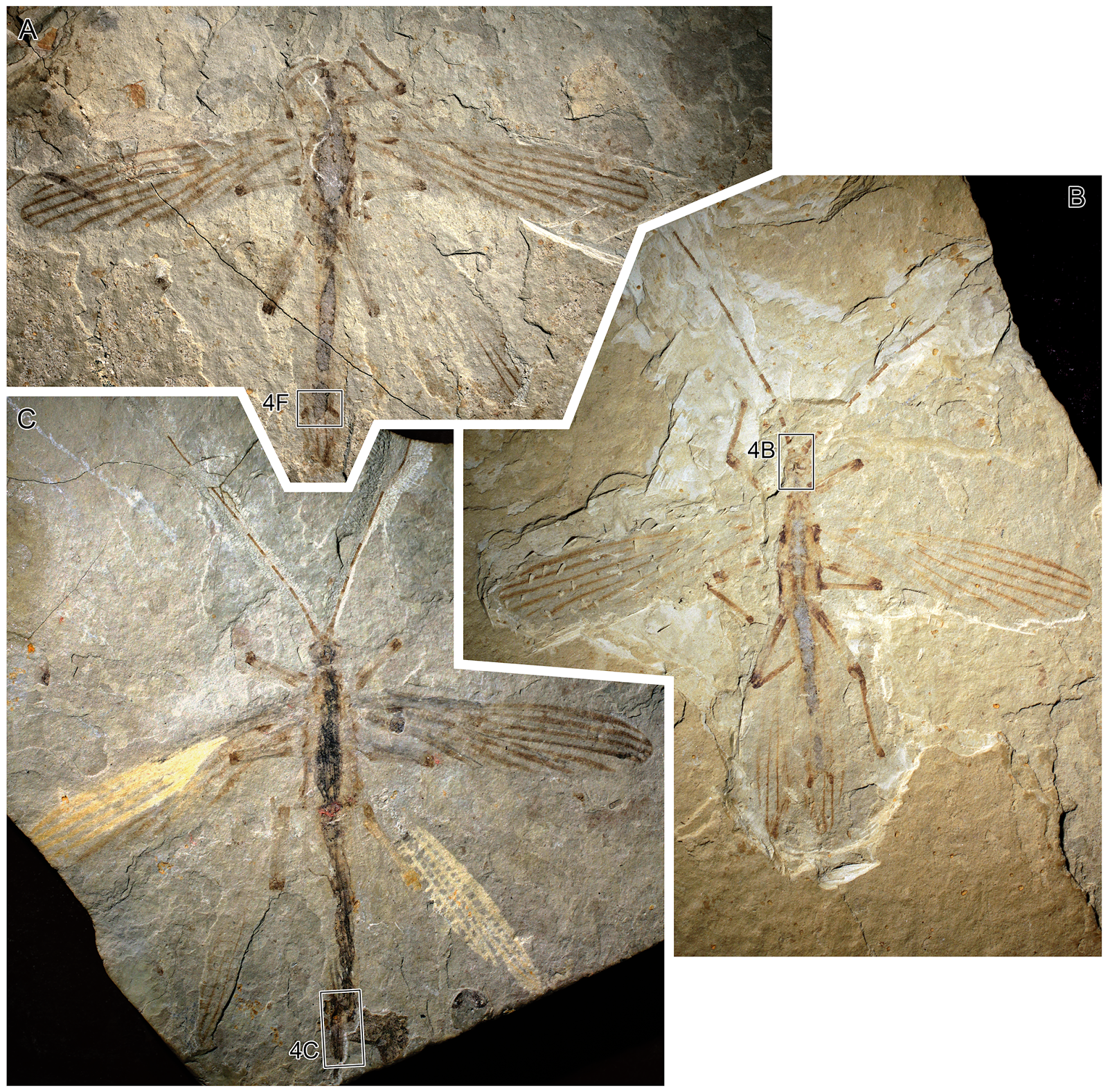Fossili del primo insetto stecco, vissuto nel Cretaceo, scoperti in Mongolia
 Gli insetti hanno sviluppato meccanismi di difesa di ogni tipo, compresa la possibilità di simulare l'ambiente circostante, come le farfalle che imitano le foglie e gli insetti stecco che si rendono del tutto simili alla vegetazione circostante.
Gli insetti hanno sviluppato meccanismi di difesa di ogni tipo, compresa la possibilità di simulare l'ambiente circostante, come le farfalle che imitano le foglie e gli insetti stecco che si rendono del tutto simili alla vegetazione circostante. Finora si sapeva poco in merito all'originale di queste soluzioni evolutive. Per questo lo studio condotto dai ricercatori della Capital Normal University (Cina) coordinati da Maomin Wang riveste un'importanza particolare. La scoperta, avvenuta nella Mongolia Interna in un sito del Cretaceo (circa 126 milioni di anni fa), riguarda tre esemplari, una femmina e due maschi, di a un insetto stecco fossile denominato Cretophasmomima melanogramma.
Queste specie hanno sviluppato un meccanismo di difesa che consiste nel simulare l'ambiente circostante. Il titolo dello studio - pubblicato su PLOS ONE il 19 Marzo 2014 - è_ Under Cover at Pre-Angiosperm Times: A Cloaked Phasmatodean Insect from the Early Cretaceous Jehol Biota.
Many insects have
developed defense mechanisms, including the ability to mimic the
surrounding environment. Stick and leaf insects mimic plants from their
environment, but scientists know little about the original of this
interaction due to little or no previous stick insect fossil records
showing this adaptation. The scientists discovered three specimens, one
female and two males, belonging to a new fossil stick insect referred to as Cretophasmomima melanogramma,
in Inner Mongolia at the Jehol locality, a site from the Cretaceous
period (approximately 126 million years ago). The species possessed
adaptive features that make it resembling a plant recovered from the
same locality.
Read more at: http://phys.org/news/2014-03-fossils-earliest-insect-mimic.html#jCp
Read more at: http://phys.org/news/2014-03-fossils-earliest-insect-mimic.html#jCp
Many insects have
developed defense mechanisms, including the ability to mimic the
surrounding environment. Stick and leaf insects mimic plants from their
environment, but scientists know little about the original of this
interaction due to little or no previous stick insect fossil records
showing this adaptation. The scientists discovered three specimens, one
female and two males, belonging to a new fossil stick insect referred to as Cretophasmomima melanogramma,
in Inner Mongolia at the Jehol locality, a site from the Cretaceous
period (approximately 126 million years ago). The species possessed
adaptive features that make it resembling a plant recovered from the
same locality.
Read more at: http://phys.org/news/2014-03-fossils-earliest-insect-mimic.html#jCp
Read more at: http://phys.org/news/2014-03-fossils-earliest-insect-mimic.html#jCp




Commenti